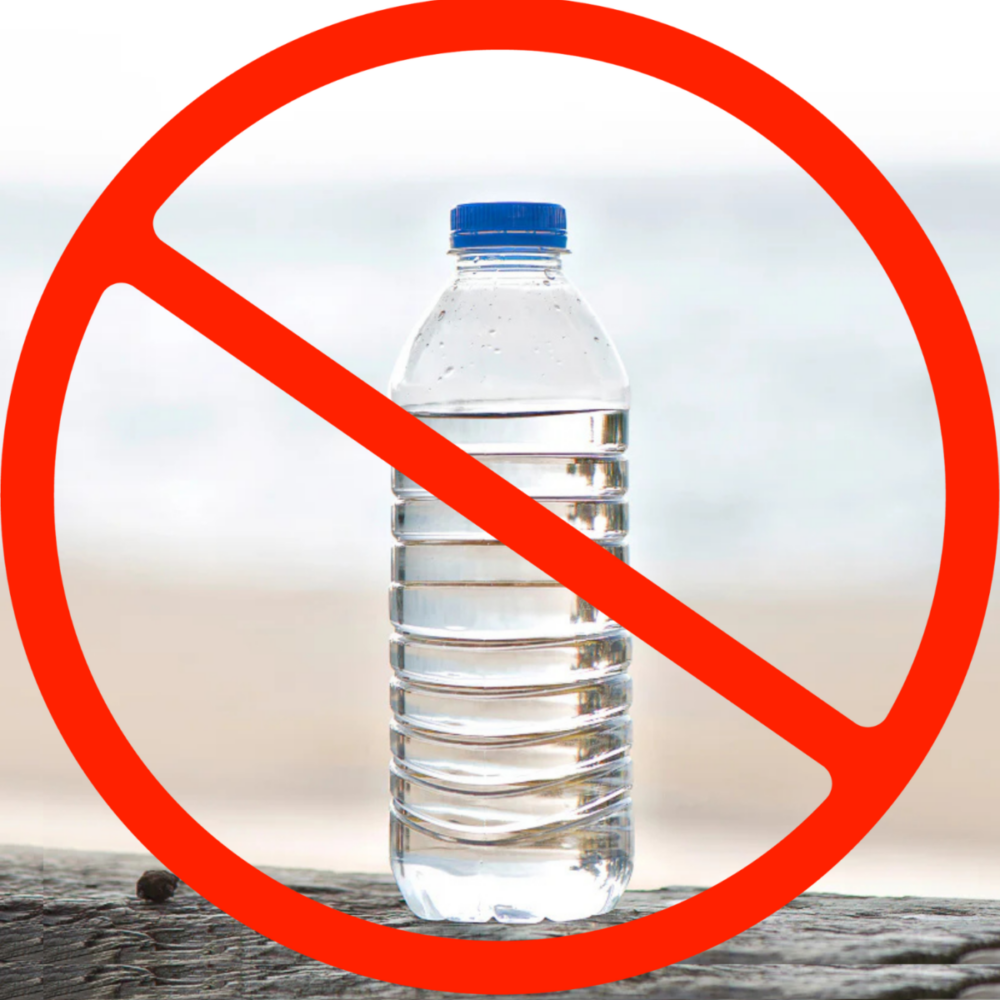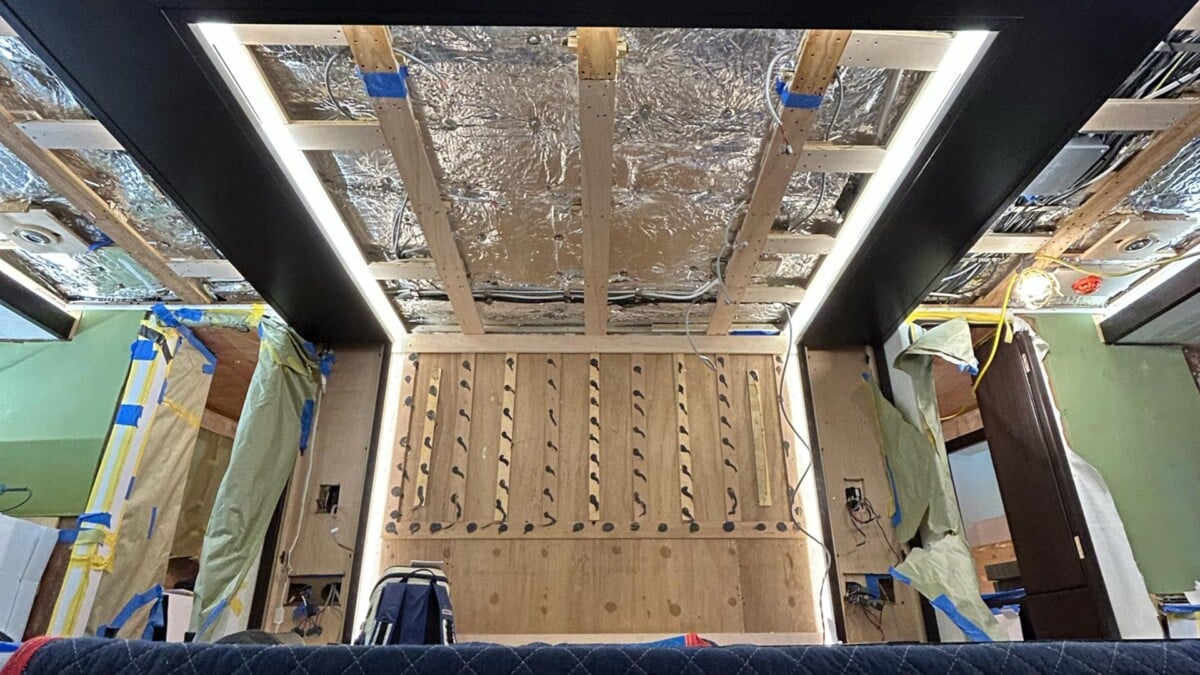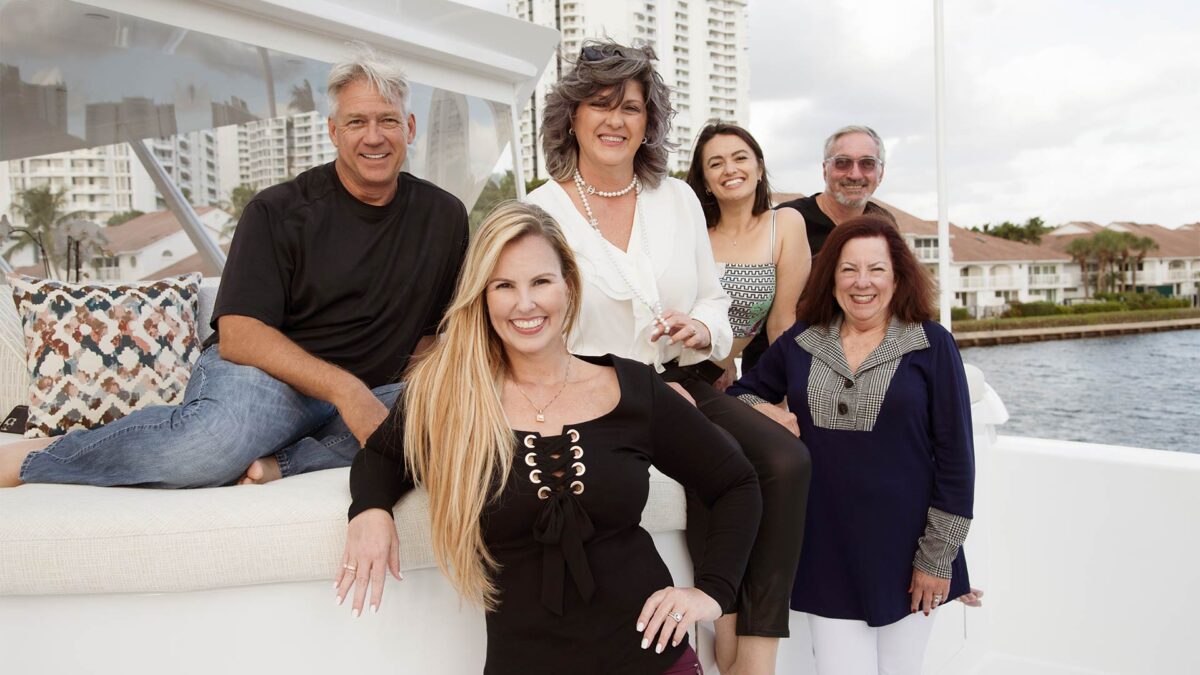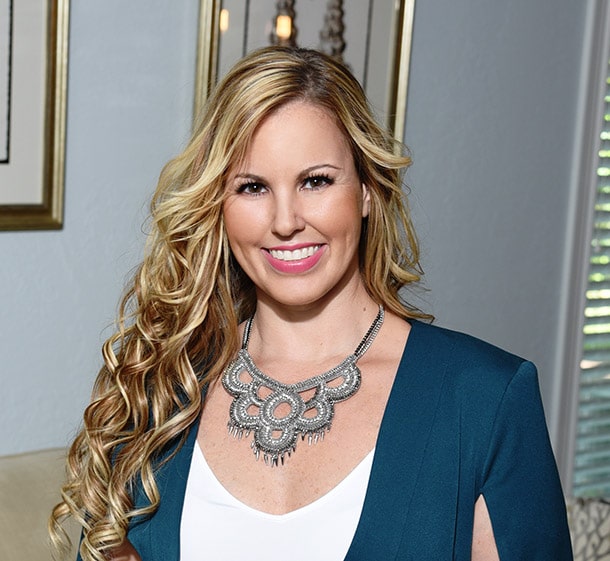Recent years have seen a remarkable shift toward environmentally friendly yacht interiors
While the transition from traditional diesel to greener propulsion is vital, what about the myriad other design steps we can take to help reduce a yacht’s impact?
In an industry known for offering the finest finishes and materials, yacht interiors have often been neglected regarding environmental considerations and have long been tarnished with incorrect thinking that sustainable materials and processes compromise quality. But this needs to be corrected.
Today the yacht industry is embracing more eco-conscious materials, thoughtful interior design approaches and environmentally friendly yacht interiors. So many exciting materials have emerged that are both sustainable and just, if not more luxurious.
The Changing Consumer
As designers, we keep abreast of changing demands – what is in fashion, what is not, and the upcoming trends. At the moment, I am seeing a lot of changes filtering through from the younger generation, who are calling out for increased sustainability in yachting.
This upturn in environmentally conscious owners results in the need for more biophilic design approaches, responsible style choices, and sustainable materials when designing or re-designing a yacht.
Refits: A sustainable antidote?
A prime example of such a client profile is the owner of our recent refit project, the Westport 112 Emilia. The prerequisite of this project was to be as eco-conscious as possible with every material and product we selected to rebuild the interior. The owner also saw the refit itself as a means to be more sustainable versus building a brand new yacht.
Aside from the increased wait times and financial constraints of new build yachts, today’s refits are now vital in enhancing the industry’s green credentials. A refit can now tailor to the owner’s changing requirements while also lowering the ecological impact – selecting better alternatives and enhancing processes.
Sustainable Solutions and Energy Efficiency: Enhancing Emilia's Onboard Systems
The refit of Emilia includes such alternatives, like the reverse osmosis system for the water onboard to reduce single-use plastic water bottles along with the incredible task of completely reworking the air conditioning system to increase the efficiencies of the buffers, allowing for less energy consumption. Throughout the project, particular attention was paid to noise and vibration mitigation, resulting in reduced noise pollution.

LEDs throughout
We also incorporated LED light strips to reduce energy usage.

Choosing mindful materials
It is clear that the days of relying solely on traditional materials are over. There has been a significant shift, and as designers, we can now select more sustainable ones while maintaining an exceptional level of luxury, durability and aesthetic appeal.
Through refit projects, like Emilia, a circular economy model is embraced – this essence of continuing to appreciate the existing without simply replacing it with new. By prioritizing resource reuse, designers can reimagine how materials can be repurposed – diverting them from landfills and giving them a new lease of life onboard.
One example is through woodwork – why discard a yacht’s existing woodwork? It can easily be repurposed or the design surroundings altered. For our refit aboard the Westport 112 Montrachet, the owners desired a lighter interior scheme, so we maintained the existing woodwork and adapted the surroundings to create this, converting it to a Nantucket chic, nautical theme.
When it comes to recycling materials, there have been exciting approaches to this in the industry – for example, recycled ocean plastics used to manufacture products, such as rugs and other fabrics.
New materials can now be better selected, focusing on natural and organic textiles such as natural fibers, organic cotton, hemp, cork, and flax. In the pursuit of eco-consciousness, there has been an increase in the utilization of vegan materials, setting new standards for cruelty-free design. A vegan ethos ensures no leathers, furs, or anything of animal origin is used. This progressive shift is switching out traditional leathers to nature-inspired “vegan leathers,” for example, from mushrooms.
More innovative techniques are also being used for finishes – there has been a steady increase in the availability of non-toxic dyes and resins. Another example is wood floor laminates; this flooring gives the finished look of a natural resource without the intensive environmental cost of using the raw material.
Low VOC and recycled Wallcoverings
For the refit of Emilia, we chose to use Phillip Jeffries‘ recycled and low VOC wallcoverings throughout the yacht. Known for combining luxury with environmental consciousness, Phillip Jeffries creates wallcoverings that not only enhance air quality through low VOC emissions but also elevate occupant comfort—showcasing how elegance and sustainability can seamlessly blend in yacht design.
Phillip Jeffries places a strong emphasis on sustainability by crafting many of their wallcoverings from recycled materials. Their process starts by sourcing pre-consumer waste like paper, cotton, and linen fabric scraps from the textile industry that would otherwise be discarded. These materials are carefully sorted and repurposed to ensure the highest quality standards.
The result is a refined product that brings understated luxury to interior spaces while supporting eco-friendly practices. This approach demonstrates that sustainability and sophistication can coexist, providing an environmentally responsible option without sacrificing style or quality.
Water-based stains
We carried out comprehensive research sourcing better, more sustainable materials inside. Regarding the finishings, we opted for water-based finishes.
Water-based finishes are more environmentally friendly because they don’t pollute the environment like oil-based finishes. They use water to carry their polyurethane solids rather than solvents. They are low-VOC, non-flammable, easy to clean up with soap and water, and disposal is simple. They eliminate fire hazards because they are non-combustible.
Water-based finishes on wood cabinetry and walls offer several eco-friendly and sustainable advantages over oil-based finishes. These benefits stem from their formulation, application, and long-term impact on the environment.
The shift towards water-based finishes for wood cabinetry and walls represents a significant step towards more sustainable and environmentally friendly yacht interiors. By emitting fewer VOCs, reducing the environmental impact through safer disposal, offering faster drying times, providing durable finishes, and utilizing sustainable ingredients, water-based finishes offer a compelling alternative to traditional oil-based finishes.
cambria quartz
Wool Carpeting
We used Cambria quartz countertops throughout Emilia, and wool carpeting in the staterooms—both eco-conscious choices that align with sustainable luxury.
Cambria quartz surfaces reduce indoor air contaminants, minimizing odors and irritants that could affect the comfort and well-being of both occupants and installers. Additionally, Cambria’s nonabsorbent surface prevents bacterial growth, eliminating the need for harsh chemicals and promoting a healthier onboard environment.
Wool, a 100% biodegradable natural fiber, releases essential nutrients back into the soil when it decomposes, closing the environmental loop. Sourced from renewable resources, wool is also naturally flame-resistant and contributes to improved air quality, making it an excellent choice for yacht interiors that prioritize health, comfort, and environmental responsibility.
Responsible outfitting
It isn’t just the materials used when designing the interior. It is also the accompanying décor. From responsibly crafted decor pieces, eco-conscious artwork, organic linen, and soft furnishings to sustainable tableware, we are seeing an increase in the demand for more sustainable outfitting. My team and I are working hard to help all owners choose accessories with a reduced impact.
In Emilia’s Main Salon, the iconic Eames Lounge Chair and Ottoman bring both style and sustainability. This furniture has been rigorously evaluated and certified as environmentally preferable and socially responsible, meeting stringent VOC emission standards to support a healthier indoor environment.
Environmentally friendly yacht interiors: Designing a better future
While the industry continues to evolve, through innovations in alternatives and increased mindfulness, environmentally friendly yacht interiors will continue to showcase how luxury and sustainability can coexist.
As designers, by embracing sustainability in yachting through creative design principles, we continue to steer the industry toward a better future where luxury, aesthetics and environmental responsibility can be intertwined.
Because ultimately, the best design concept is one that can be enjoyed for multiple generations to come.

Read more about properly executing your design style in my blog post, Striking a Balance Between Design and Desire.



